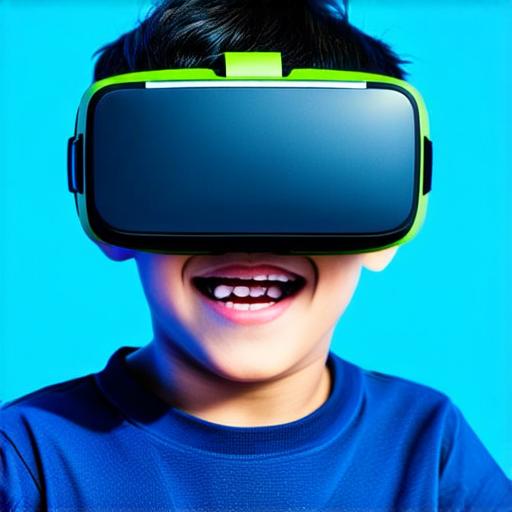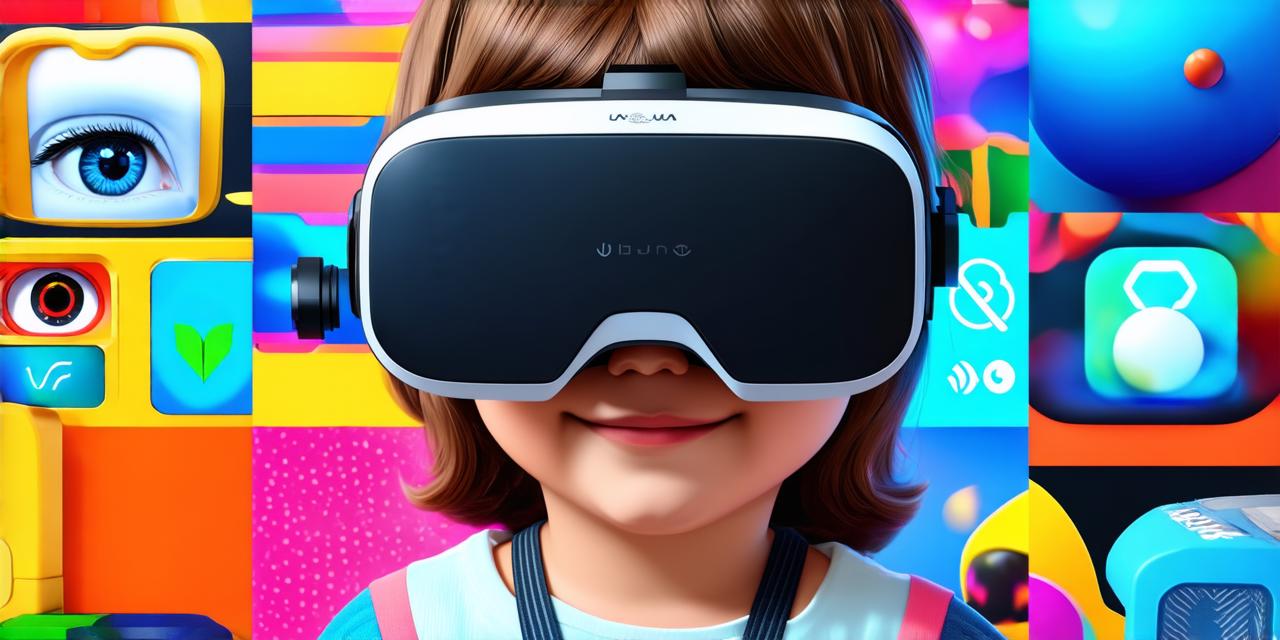Prolonged Use of VR Can Cause Eye Strain and Dryness
One of the most common complaints about VR is that it causes eye strain and dryness. This can be especially problematic for children, who are still developing their visual systems.
According to a study published in the journal Ophthalmology, prolonged use of VR can lead to eye dryness, blurry vision, and headaches. These symptoms are caused by the fact that VR devices require users to look at screens for extended periods of time, which can cause the eyes to become dry and irritated.
Moreover, the immersive nature of VR technology can also contribute to eye strain and dryness. In VR, users are completely immersed in a virtual environment, which can cause them to forget about the real world and lose track of time. This can lead to prolonged use of VR devices, which can further exacerbate eye strain and dryness.
Children Are at Higher Risk of Eye Problems from VR
In addition to causing eye strain and dryness, VR technology can also increase the risk of other eye problems in children. For example, a study published in the Journal of the American Association for Pediatric Ophthalmology and Strabismus found that children who used VR devices were at higher risk of developing certain types of strabismus (double vision). This is because VR technology can cause the eyes to become misaligned, which can lead to strain and discomfort.
Another study published in the Journal of Child and Adolescent Psychiatry found that prolonged use of VR can also increase the risk of anxiety and depression in children. This is because VR technology can create highly immersive environments that can trigger fears and phobias in some people.
The Impact of VR on Children’s Eyes Is Still Not Clear
Despite the concerns raised about VR and its impact on children’s eyes, the evidence is still not clear. Some studies have found no significant negative effects of VR on children’s vision, while others have found that prolonged use can cause eye strain and dryness. This suggests that the impact of VR on children’s eyes may depend on a variety of factors, including the type of VR device used, the length of time spent using it, and the individual child’s visual system.
Further research is needed to fully understand the impact of VR on children’s eyes. In the meantime, parents and caregivers can take steps to minimize the risk of negative effects by limiting the amount of time their children spend using VR devices and ensuring that they are properly maintained and cleaned.

How to Minimize the Risk of Negative Effects from VR
To minimize the risk of negative effects from VR, parents and caregivers can take several steps. First, they should limit the amount of time their children spend using VR devices. According to the American Academy of Ophthalmology, children under the age of 12 should not use VR devices for more than two hours per day.
